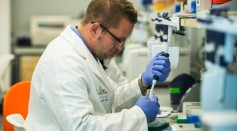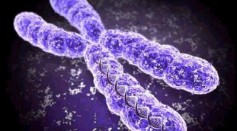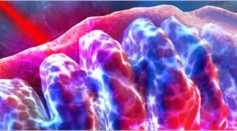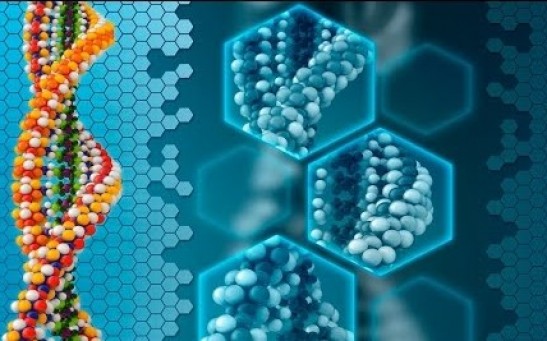DNA

DNA Mutations, Genome Errors Account For 66 Percent Of Cancer Risks: Unhealthy Lifestyle, Just Secondary Trigger

Your DNA May Soon Store Full Length Movie, Game

DNA Blinking Showed In A New Imaging Technique
Fighting Fire With Fire—Viruses to Combat Disease
New Issue of ‘Science’ Tackles Individualized Immunotherapies and the Future of Cancer Research

Genetic “Adam” Lived 239,000 Years Ago, Landmark Study Says
DNA Evidence of Wheat Upsets Archeological History of the Crop in Early England

DNA 'Wires' Can Carry Electricity

How A Parasite Became a Power House—The Tale of Mitochondria
Sports Teams Might Not Benefit From Plentiful Talent
Most Popular

How Technology Is Changing the Real Estate Industry?

AI Revolution in Medical Education: Transforming How Healthcare Professionals Learn

Zombie Star Set to Light Up Night Sky: Blaze Star Could Erupt Soon

Exploring Life Beyond Earth: Study Claims Other Planets Could Be Suitable for Alien Life






